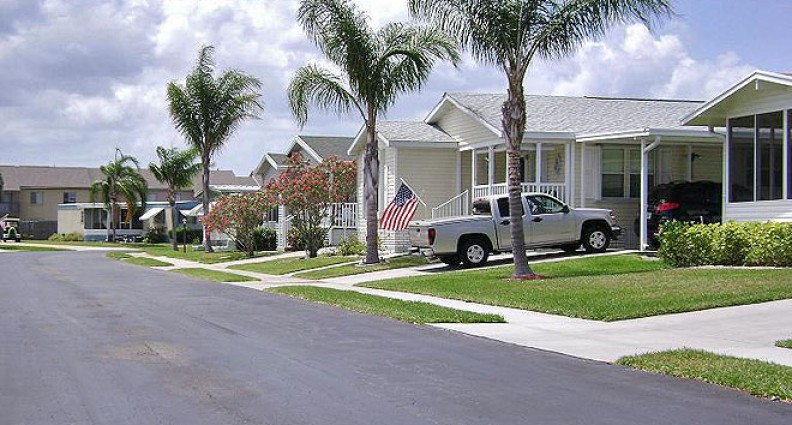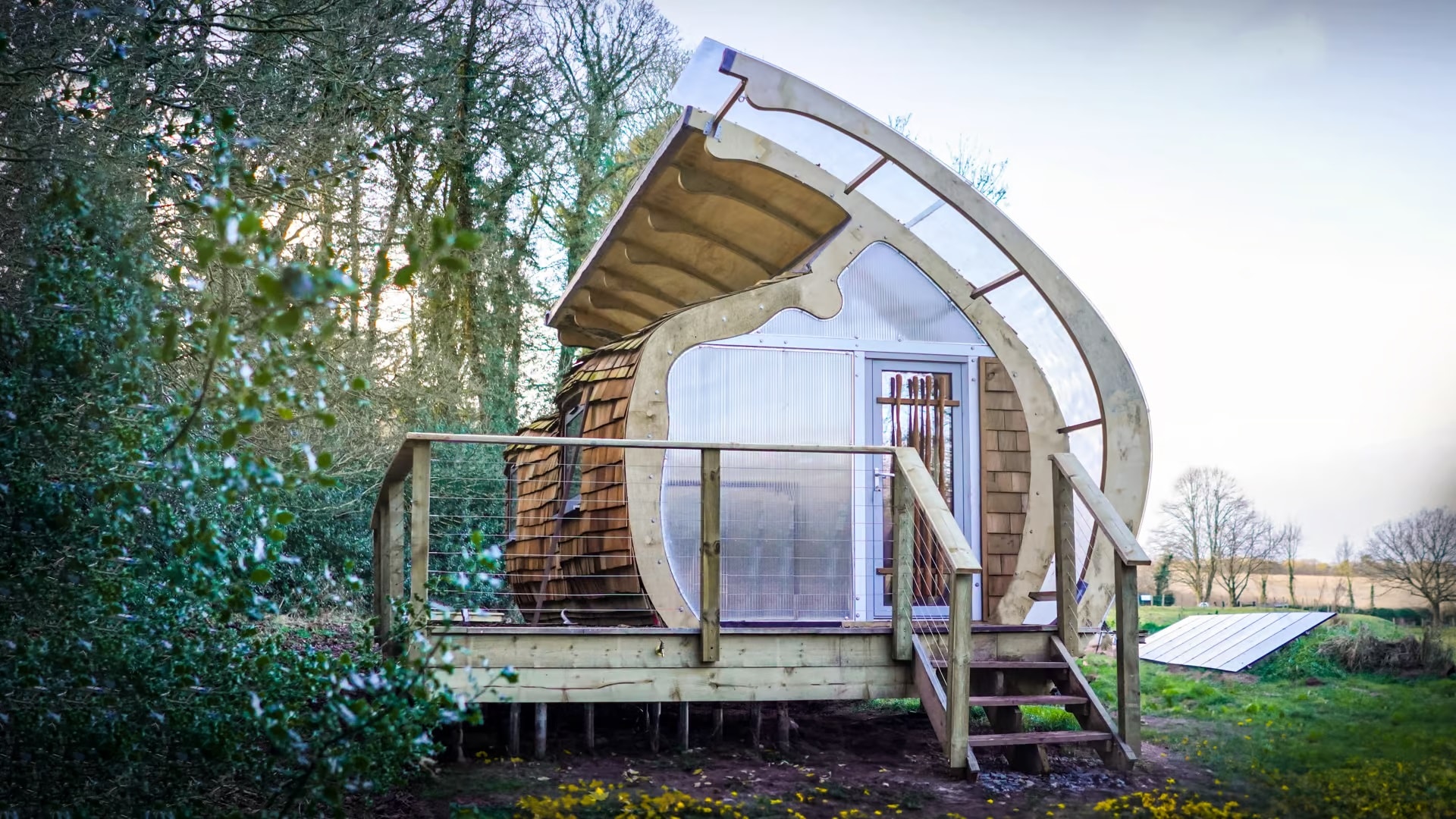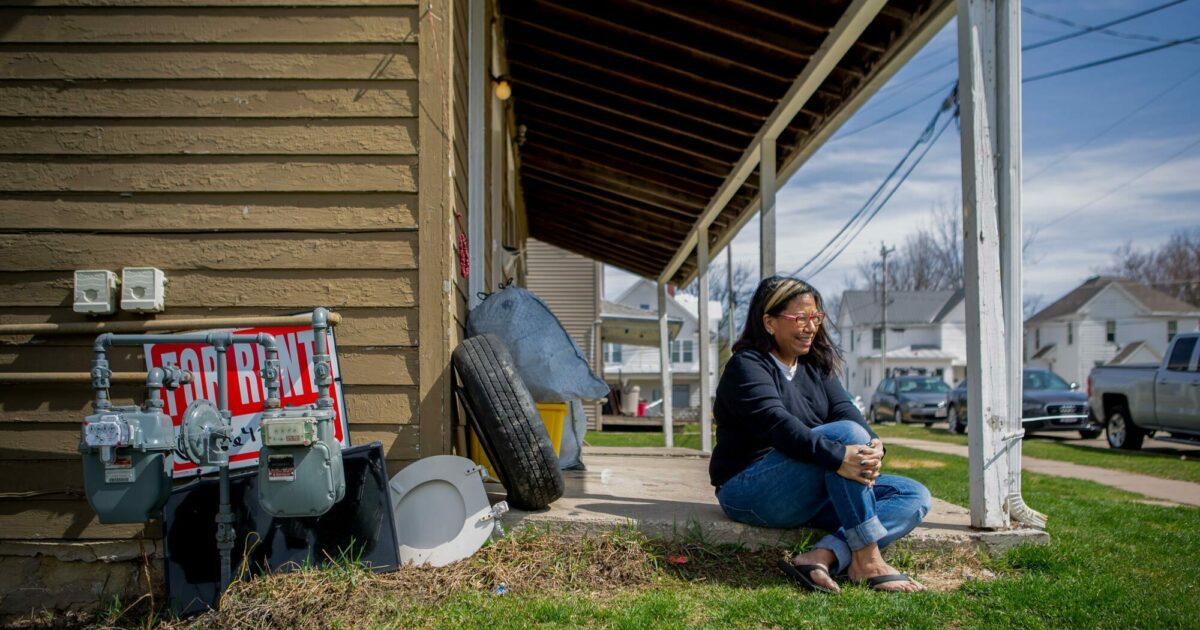As with any building code change, these newly proposed HUD energy standards have benefits and possibly some seriously devastating effects on affordable housing in the US.

The U.S. Department of Housing and Urban Development (HUD) has proposed new energy efficiency standards for manufactured housing. The proposed standards would require manufactured homes to be built with more energy-efficient insulation, windows, and appliances. The standards would also require manufactured homes to be equipped with energy-efficient heating and cooling systems.
The proposed standards are part of HUD’s efforts to reduce energy consumption and greenhouse gas emissions from manufactured housing. Manufactured homes account for about 10% of all new housing units built in the United States each year. However, manufactured homes are typically less energy-efficient than site-built homes. The proposed standards would help to close this gap and make manufactured homes more energy-efficient.
The proposed standards would require manufactured homes to meet certain minimum energy efficiency levels. For example, the standards would require manufactured homes to have insulation that meets or exceeds the insulation requirements for site-built homes. The standards would also require manufactured homes to have windows that meet or exceed the energy efficiency standards for site-built homes.
The proposed standards would also require manufactured homes to be equipped with energy-efficient heating and cooling systems. For example, the standards would require manufactured homes to be equipped with high-efficiency furnaces and air conditioners. The standards would also require manufactured homes to be equipped with energy-efficient water heaters.
The proposed standards would have a number of benefits. First, the standards would help to reduce energy consumption from manufactured housing. This would save money for manufactured homeowners and reduce greenhouse gas emissions. Second, the standards would make manufactured homes more comfortable to live in. Third, the standards would make manufactured homes more attractive to potential buyers.
The proposed standards will also have some seriously increased costs. The costs of complying with the standards would be passed on to manufactured homeowners in the form of higher prices for manufactured homes. Those costs of complying with the standards will probably not be offset by the savings in energy costs.

Overall, the proposed standards would have a number of benefits. The standards would help to reduce energy consumption, make manufactured homes more comfortable to live in and make manufactured homes more attractive to potential buyers. The costs of complying with the standards would be offset by the savings in energy costs.
The proposed standards are currently being considered by HUD. If the standards are adopted, they would go into effect in 2024.
THE DOWNSIDE
However, there are a few potential downsides to the proposed new HUD energy codes for manufactured housing.
First, the codes could make manufactured homes more expensive to build. This could lead to higher prices for manufactured homes, which could make them less affordable for some people.
Second, the codes could make it more difficult to find manufactured homes that meet the new standards. This could limit the choices available to manufactured home buyers.
Third, the codes could require changes to the way that manufactured homes are built. This could disrupt the manufactured housing industry and lead to job losses.
However, it is important to note that these are just potential downsides. The actual impact of the new codes will depend on how they are implemented.
Gary Fleisher, the Modcoach



